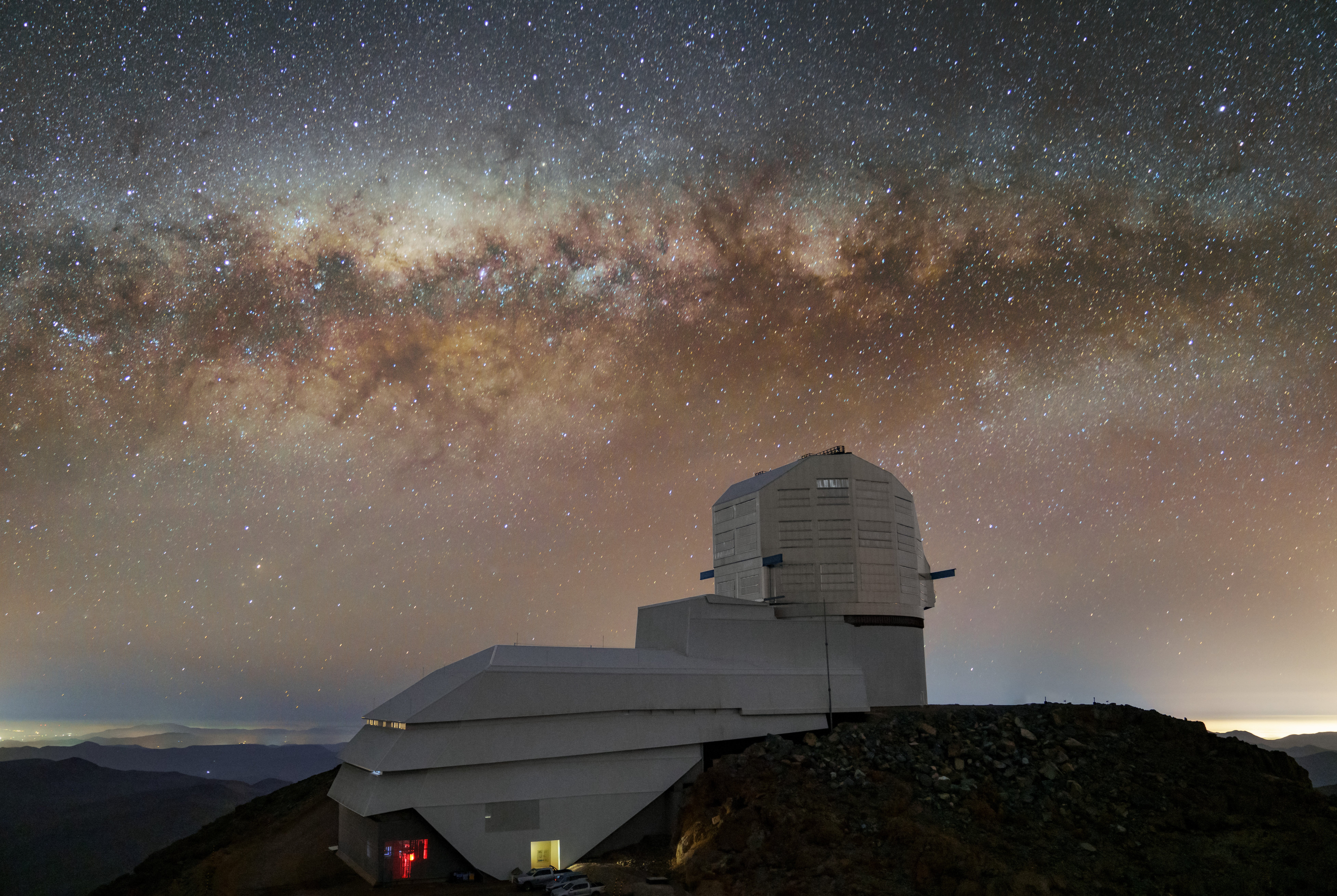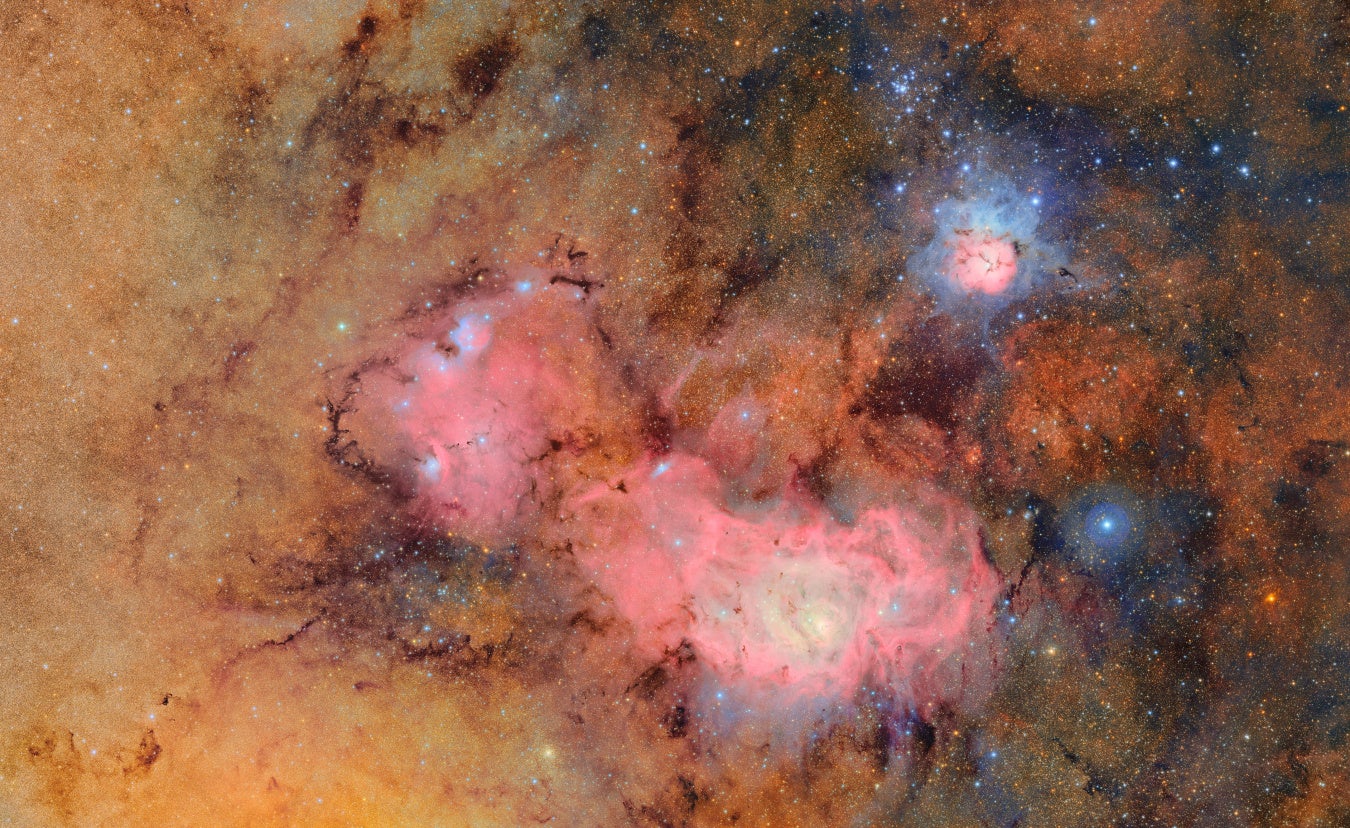Previously unseen corners of the universe revealed by largest digital camera ever built
New images show colorful nebulas, stars and galaxies

The largest digital camera ever built released its first shots of the universe Monday, including colorful nebulas, stars and galaxies.
The Vera C. Rubin Observatory, located on a mountaintop in Chile, was built to take a deeper look at the night sky, covering hidden corners.
Funded by the U.S. National Science Foundation and U.S. Department of Energy, it will survey the southern sky for the next 10 years.
The observatory's first look features the vibrant Trifid and Lagoon nebulas located thousands of light-years from Earth.

A light-year is nearly 6 trillion miles.
A gaggle of galaxies known as the Virgo Cluster were also captured, including two bright blue spirals.
The observatory hopes to image 20 billion galaxies and discover new asteroids and other celestial objects.

The effort is named after astronomer Vera Rubin, who offered the first evidence that a mysterious force called dark matter might be lurking in the universe.
Researchers hope the observatory's discerning camera may yield clues about this elusive entity along with another called dark energy.
Join our commenting forum
Join thought-provoking conversations, follow other Independent readers and see their replies
Comments
Bookmark popover
Removed from bookmarks